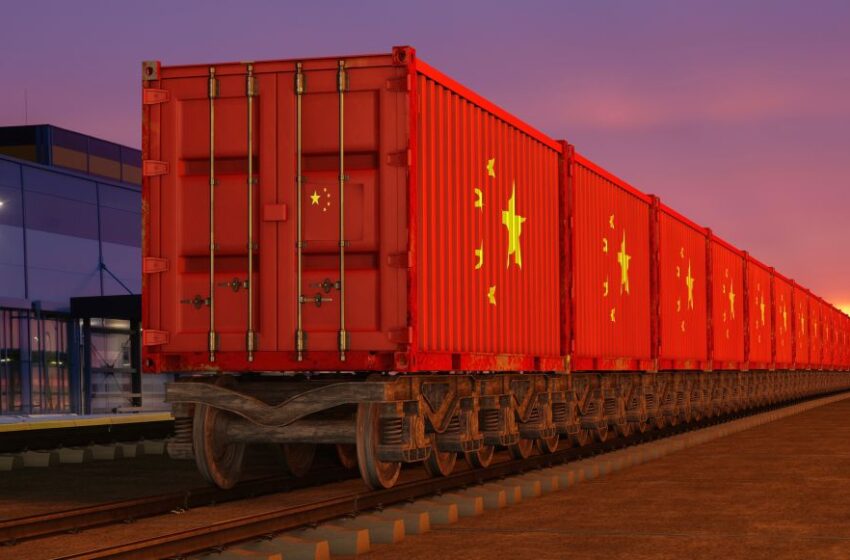The Belt and Road enters new phase

Su Yi, host
CGTN Radio
The ten-year-old Belt and Road Initiative is not a concrete-pouring binge, at least not anymore. China is encouraging private enterprises to take a more active role and participate in projects labeled as “small and beautiful.” Some attribute the shift to China’s economic headwind and take it as a sign that the BRI is losing steam. This argument lacks a basic understanding of the rationale behind the China-proposed development initiative. The shift indicates the BRI has run its natural course and entered a new phase.
To expound it, one must go back to the central question: why did China put forward the BRI in the first place? Some clichés include: it is a geopolitical strategy designed to expand China’s sphere of influence; it is an ambition to counter the U.S-led global order; it is a series of investment projects to transfer domestic overcapacity and import raw materials; it is a charity program attached with political strings.
None of these arguments is close to the real picture. In essence, the BRI aims to bring the global value chains to the digital era. It is a globalization proposal that seems ahead of its time. Consider the following scenarios: a New York City resident and a villager from a remote town on the African continent browse the same TikTok videos on their cellphones (yes, both of them own more than one cellphone). A Chinese car buyer can purchase the latest Tesla model entirely built in China and cheaper than American consumers. A young person can get a postgraduate diploma from a UK university via remote study and be employed by the local branch of a UK-headquartered multinational without the necessity to set foot on British soil. Globalization in the digital era is disrupting the hierarchy of traditional value chains and blurring the boundaries of producers and consumers. In a word, this round of globalization is reshaping how factors of production are being distributed and utilized.
All this means the efforts to vitalize the newfound or hidden factors of production will be generously rewarded. It is common sense that most of these factors can only be found in developing economies. The promoters of the BRI are aware that the approach toward shared prosperity is to vitalize these factors of production and put them in the right places with a set of catalysts, such as transport and information connectivity, better education, poverty reduction, and empowerment of digital literacy.
From the perspective of China, the sustainability of its economic prosperity lies in how long and to what extent its economy will intertwine with the global value chains. As an economy at the middle end of these chains, it will take long and arduous efforts to climb up the established ladder. At the same time, it is inevitable to move away from merely being the world factory. All this has left China with little choice but to explore new foreign partners through new non-disruptive arrangements to the existing system, from which it has benefited a lot since reform and opening up, particularly since its accession into the World Trade Organization in 2001. More importantly, these new arrangements must also bear enough potential to create new opportunities for the new partners. It does not work if these projects only benefit China. This is the primary rationale of the Belt and Road Initiative.
Research shows that the private sector has proved to be more effective in creating and fine-tuning value chains compared with their government-led counterparts. Private companies, particularly small and medium-sized enterprises, are the eventual driving force in this cause. In the beginning phase of the BRI, large and state-owned contractors took the lead in building basic infrastructure. Those projects helped to nurture political goodwill and energize local business partners. Thanks to them, private Chinese companies now feel more comfortable doing business in BRI countries.
Now, a paradigm shift is taking place. The private sector is catching up quickly and encouraged to play a more prominent role. An increasing number of big projects have adopted the Build-Operate-Transfer models, which emphasize the participation of local partners and the sustainability of the projects. More market players now prefer indirect investment, which has also proved more efficient and sustainable in maintaining the value chains. Besides, the Chinese government encourages projects labeled as “small and beautiful,” which refers to the smaller projects directly connected with improving local livelihoods. New investment favorites include businesses in sectors such as new energy, healthcare, mobile communication, and e-commerce.
The Belt and Road Initiative is entering a new phase, an intentional adjustment in line with its original missions, and it will provide more benefits to the private sector and local participants.


